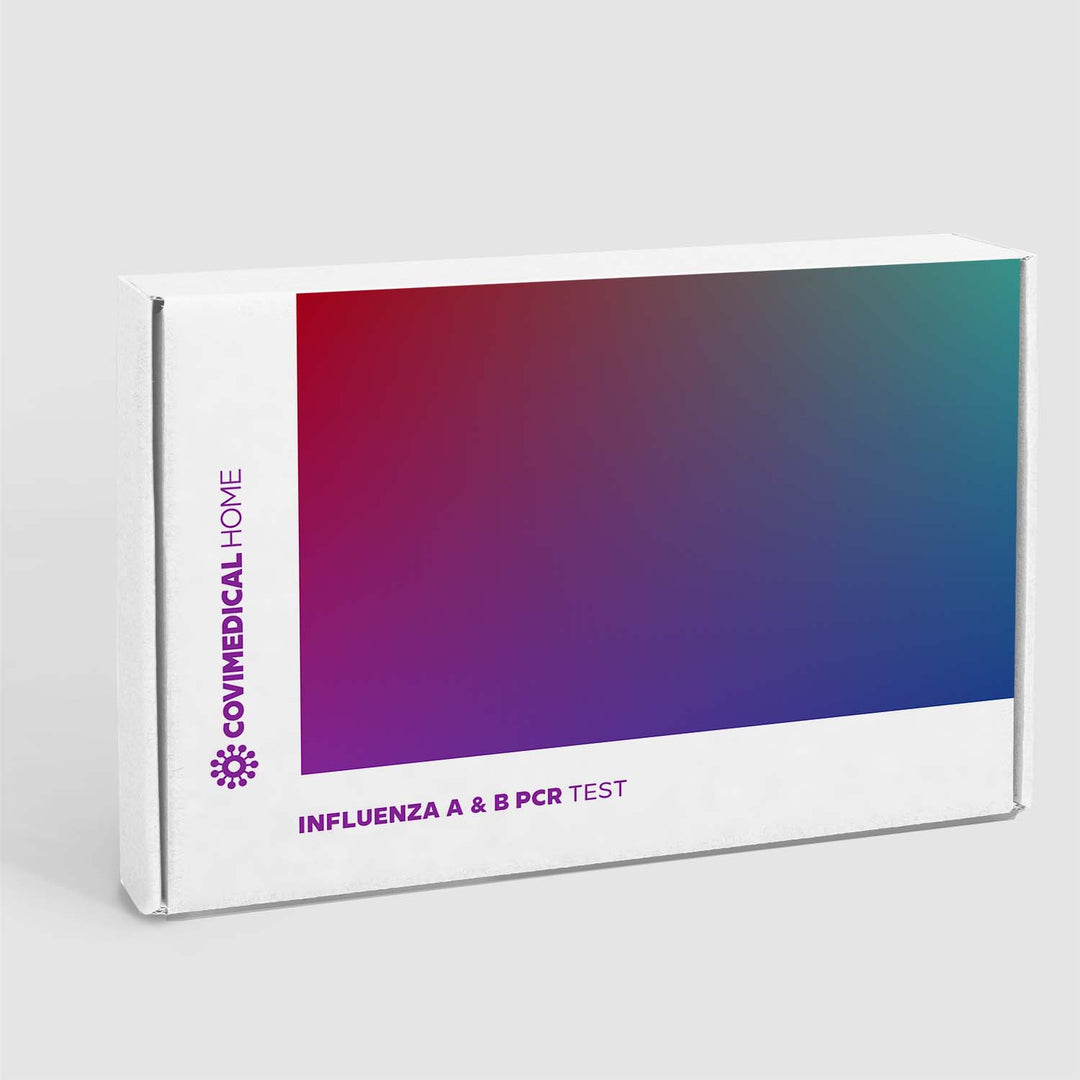Influenza – Symptome, Erreger und alles was du wissen solltest
Influenza, commonly known as the flu, is a highly contagious viral disease that affects millions of people worldwide each year. The causative agent of this illness is the influenza virus, also referred to as the flu virus.
Influenza is distinguishable from a common cold as it is often more severe and can lead to serious health complications.
Influenza – These are the Symptoms of the Flu
The typical flu symptoms are markedly more intense than those of a common cold. In contrast to a cold, the flu often starts suddenly and results in a rapid deterioration of health. Affected individuals typically feel extremely fatigued and weak.
○ Fever: The flu often comes with a sudden rise in body temperature. High fever is a common symptom.
○ Cough: A dry or productive cough is a frequent symptom of the flu. The cough may start as dry and later worsen with the production of mucus.
○ Sore Throat: Pain or irritation in the throat can occur and develop into difficulty swallowing.
○ Headache: Intense headaches are also common accompanying symptoms of the flu.
○ Muscle and Joint Pain: Many people with the flu complain of severe muscle and joint pain. This is often considered one of the characteristic symptoms of the flu.
○ Fatigue: The flu can cause profound tiredness and exhaustion, which may persist for weeks.
○ Chills: Chills and severe shivering can occur, especially as the fever rises.
○ Loss of Appetite: Most people with the flu have little to no appetite.
The Influenza Virus
The causative agents of influenza are RNA viruses belonging to the Orthomyxoviridae family. These viruses are divided into various subtypes, including Influenza A, B, and C. Influenza A viruses are most commonly responsible for flu outbreaks and can infect both animals and humans.
Influenza vir uses are known for their ability to mutate rapidly, meaning they are constantly changing and can develop new variants.
uses are known for their ability to mutate rapidly, meaning they are constantly changing and can develop new variants.
This is the reason why the flu vaccine is updated every year to cover the current influenza strains and provide effective protection.
Virus under the microscope Source: wikipedia.org/wiki/Viruses
How Influenza is Transmitted
Influenza viruses are typically transmitted through droplet infection when an infected person coughs, sneezes, or talks. The viruses can also survive on surfaces and be transmitted from there when a person touches the contaminated surfaces and then touches their face, especially the nose or mouth.
The ability of influenza viruses to spread easily and mutate makes them a constant challenge for public health. Monitoring and researching these pathogens are crucial to developing effective vaccines and treatment methods and controlling flu outbreaks.
Do Not Underestimate Influenza
Influenza is dangerous as it can lead to severe health complications, especially in vulnerable populations such as older adults, children, and individuals with pre-existing health problems.
Possible complications include pneumonia, bronchitis, and heart issues. In some cases, the flu can even be fatal.
Flu Vaccination as Protection for At-Risk Groups
Flu vaccination is an annual shot to protect against the current flu viruses. The vaccine stimulates the immune system and helps the body defend itself against the flu

Flu vaccination is particularly recommended for at-risk groups, including older adults, children, pregnant individuals, and people with certain pre-existing conditions such as asthma or cardiovascular diseases.
Ways to Minimize the Risk of Influenza
In addition to getting the flu vaccine, there are also some preventive measures to reduce the risk of contracting influenza. These include regular handwashing, avoiding close contact with sick individuals, and covering the mouth and nose when coughing or sneezing.



















